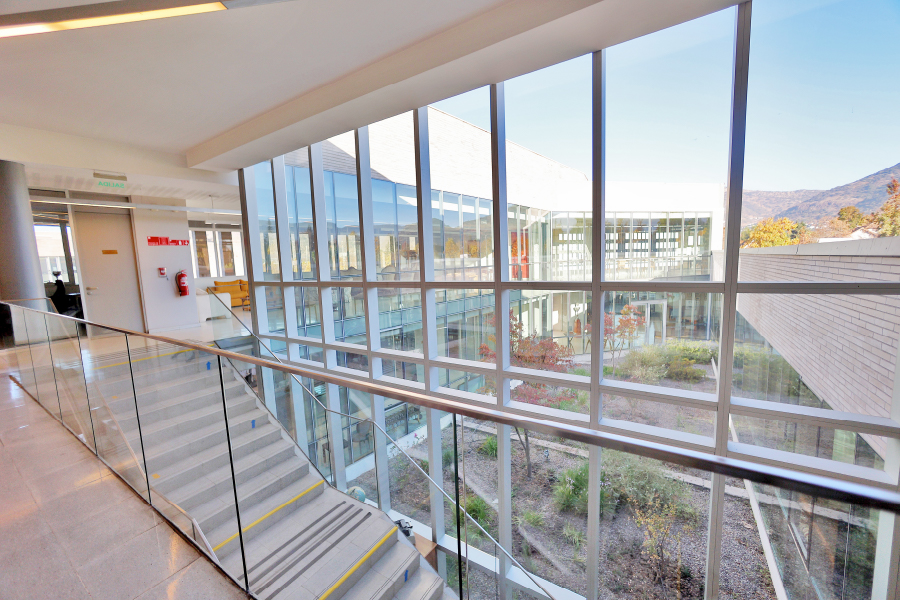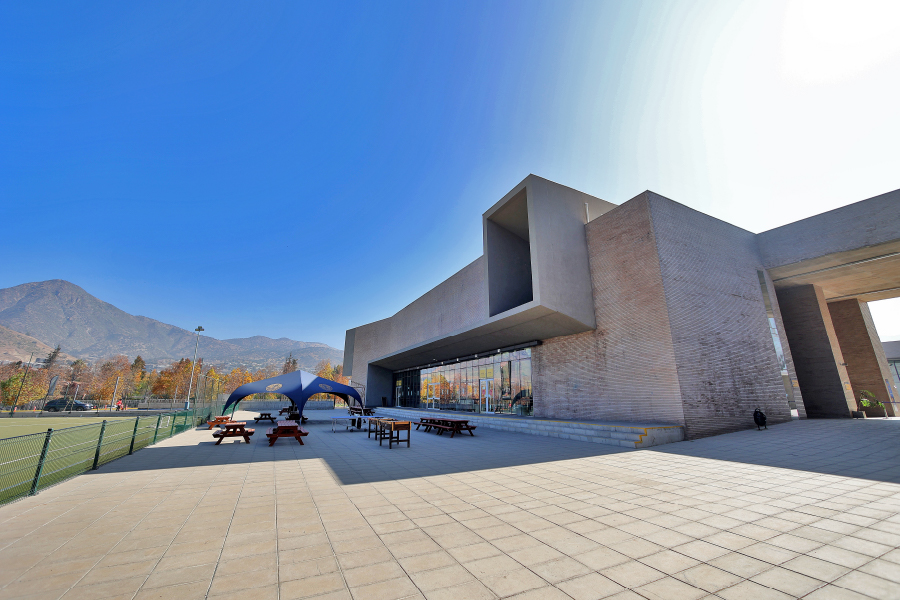

Santiago College was founded on October 1st, 1880, with the support and supervision of the Board of Foreign Missions from the Methodist Episcopal Church. Bishop William Taylor identified a need for a school that could educate the children of foreign families.
Through a letter of presentation from the then President of the United States, William Taylor presented his innovative ideas to the Chilean authorities. These ideas were well-received by the Ministry of Education, who was supportive of the need to combine female education with greater freedom of teaching. Thus, Minister Miguel Luis Amunátegui suggested creating a school that would improve female instruction and prepare women to reach higher education.
A Board of Trustees was created in New York City in 1928, by the Board of Foreign Missions of the Methodist Episcopal Church under the laws of the State of New York, where it currently resides. The Board of Trustees were the founders of the Santiago College Educational Foundation, and in August 26, 1966, this body was granted a letter of guarantee by the Department of Education, from the University of the State of New York.
In 1880, Santiago College opened its doors on Vergara Street. The school’s founding principles were based on religious tolerance and non-sectarianism, a distinction that characterizes the school to this day. Students were encouraged to develop themselves for the sake of their personal growth and service to others.
From the beginning, Santiago College was completely bilingual, encouraging teachers and students to speak in English at all times. The founders considered that this language was “the true golden key to modern education”.
The Santiago College Educational Project was endorsed and supported by important personalities of the time including Benjamín Vicuna Mackenna, Governor of Santiago; Adolfo Ibáñez, Chilean Ambassador in the United States; and Thomas Osborn, Minister Plenipotentiary to the United States in Santiago.
Over the years, Santiago College has had four headquarters, sometimes described as the four building shells, where learning communities have strived to sustain the school’s traditions and values. In 1972, the school decided to become co-educational, and in 2012, it moved from Los Leones to its present-day campus.
Today, Santiago College is a multicultural, bilingual and co-educational private school that continues to reinvent itself from Los Trapenses. It’s Guiding Statements continue to sustain the excellence that already exists, while striving for further improvement. The recent development of the Santiago College Profile and the Santiago Charter is intended to bring further clarity to the school’s purpose and direction. The merging of the school’s traditional values and the attributes of the IB learner profile will be integral to the learning community’s thoughts and future actions. These documents are intended to nurture the kind of people that the school would be proud to send out into the world.